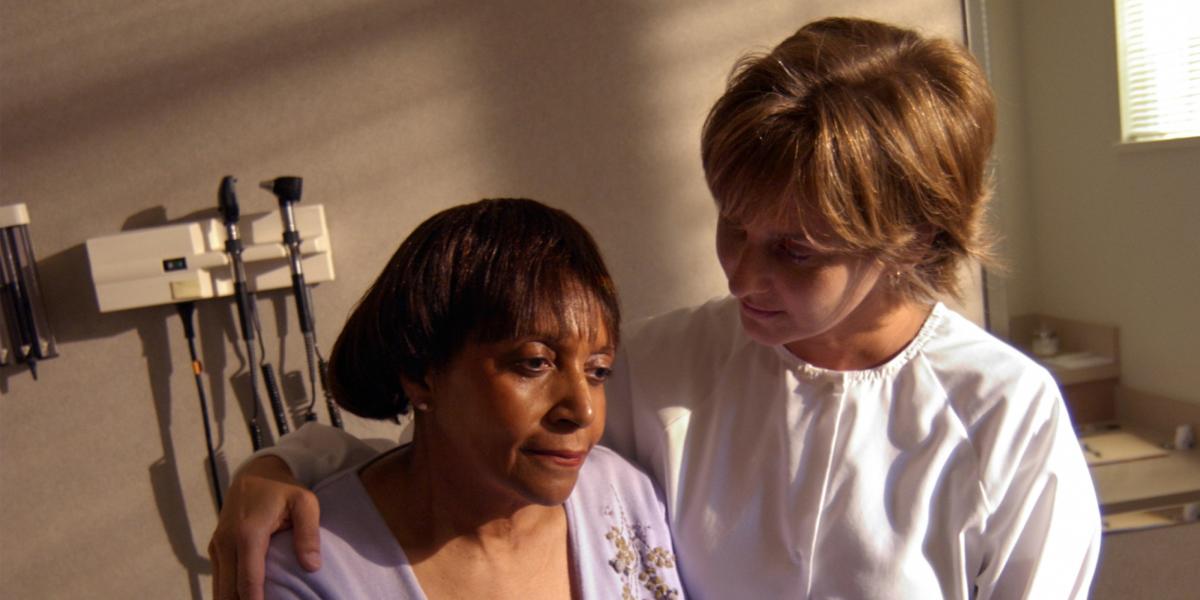Rx for Coordinating Chronic Care
The American medical system is designed to provide acute care. But the heaviest users of the health care system are the 128 million Americans who suffer from one or more chronic diseases, and the system does a poor job dealing with them.
“The United States is a country of specialists,” says Gerard F. Anderson, a health policy expert who studies treatment of chronic conditions. “You go to a whole variety of different specialists to take care of your chronic conditions, but they don’t talk with one another very well. The more chronic conditions you have, the more important care coordination is, and the less likely it is to occur.”
Some 85 percent of U.S. health dollars are spent on people with one or more chronic conditions. Two-thirds of all Medicare spending is on people with five or more chronic conditions. And people with that many conditions will on average see 13 different medical practitioners in the course of a year.
That doesn’t mean all of that spending is only on chronic conditions, Anderson says. But it does emphasize the fact that management of chronic conditions is important both for health and to cut medical spending. “The more chronic conditions you have, the more likely you are to be hospitalized during the year for something that is preventable,” he notes.
Conditions like diabetes, asthma, heart disease and some kinds of cancer require long-term management. But the treatments might conflict with one another. There could be adverse drug interactions. “If you have an infection, you take an antibiotic and you’re cured. It’s the cure model. With a chronic condition, you’re not going to cure the person. So it’s a matter of ongoing care,” he says.
One approach to better care of patients with multiple chronic conditions is Guided Care, developed by health policy expert Chad Boult, and colleagues from Hopkins' Medicine and Nursing schools. In Guided Care, a registered nurse works in a primary care practice to coordinate care, engage patients and their family caregivers in self-management, and smooth transitions from hospital to home. Using preliminary data, Boult estimates the approach could save Medicare up to $15 billion per year while providing better care.
A number of other improvements could be made to the system, Anderson says. For instance, central electronic health records would make it easier to manage a patient’s overall care. Researchers should also conduct clinical trials in which they attempt to treat people with multiple conditions, he says. Medical schools have already begun to train doctors in methods for managing multiple conditions.
Anderson believes the changes required are likely to take 30 years or more to complete, but he’s optimistic. “We’re going to get there. It just takes a long time,” he says.
One change that might be made quickly is for doctors to better utilize the family members of patients with chronic conditions, says gerontologist Jennifer Wolff.
Her studies show that 40 percent of older adults are accompanied by a family member when they visit the doctor. Those who are accompanied tend to be sicker, less educated and more disabled than others—and they tend to be more satisfied with their care. The reason? The family member is probably helpful in making sure the care plan is followed and in coordinating care from other doctors.
Looking to the future, Wolff suggests training programs (for patients, families and doctors) that could allow family members to provide the coordination that the system lacks.
